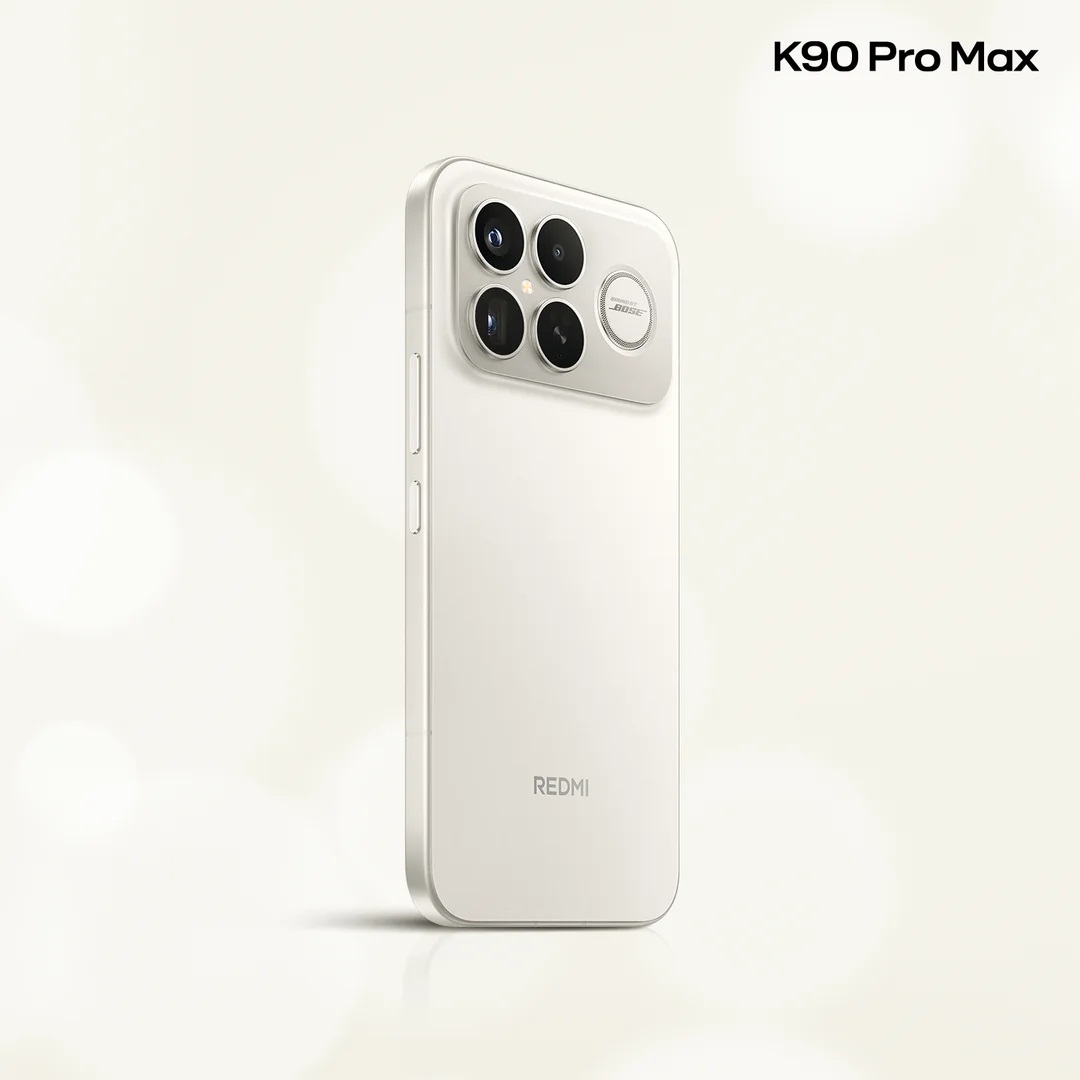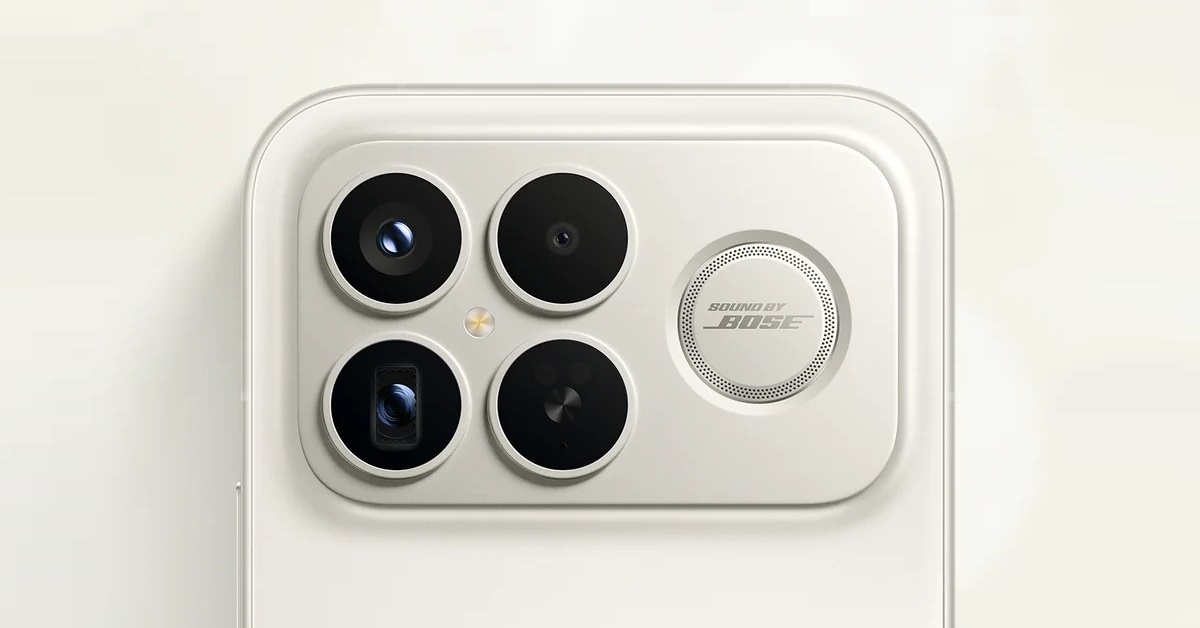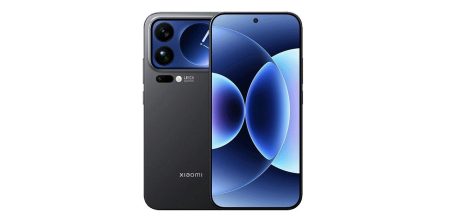Maybe you missed it? First leaks and info of the Poco X8 Pro.
POCO seems to be broadening its popular F-series lineup with a new premium addition: the POCO F8 Ultra. The standard POCO F8 is anticipated to launch towards the end of 2025 as the successor to the F7. Multiple credible leaks from trusted tech publications—including GSMArena, 91Mobiles, MySmartPrice, and Xiaomi’s Chinese regulatory filings—now point to a high-end “Ultra” model that could blur the line between mid-range and flagship smartphones.
If confirmed, the POCO F8 Ultra would mark POCO’s most ambitious device yet—packing next-generation performance, a very advanced camera array, ultra-fast charging, and a premium metal-glass build, all while (reportedly) undercutting Samsung and Apple by hundreds of dollars.
In this in-depth article, we break down everything known so far about the POCO F8 Ultra, based on the latest verified leaks and insider reports as of September 2025. From chipset and display to camera capabilities, battery life, software, pricing, and expected launch timeline—this is your definitive resource for the rumored POCO F8 Ultra.
The external design of the Redmi K90 Ultra might resemble the Poco F8 Pro, Ultra, or Max flagship series.
(Chinese Variant)

Why a POCO F8 Ultra Makes Strategic Sense in 2025
Historically, POCO has positioned its F-series as “flagship killers”—devices that deliver 80–90% of flagship performance at half the price. The POCO F5 (2023) and rumored F6/F7 (2024–2025) have followed this formula faithfully.
However, market dynamics are shifting. Competitors like Nothing, iQOO, and Realme are pushing premium mid-range devices with near-flagship specs and refined designs. Meanwhile, Xiaomi’s own Xiaomi 14 series and Redmi K70 Ultra have demonstrated strong demand for high-performance phones under $600.
Recent reports indicate that POCO is in the process of developing two or maybe three F8 models, which are expected to launch this year.
- POCO F8 (standard): Successor to the F7, likely with Snapdragon 8s Gen 4 or Dimensity 8500
- POCO F8 Ultra: A new premium tier offering the Snapdragon 8 Elite Gen 5, a quad 50MP camera system, and a sleek metal frame.
Expected POCO F8 Ultra Release Date
Considering Xiaomi’s product cycle and certification timelines, the global launch of the POCO F8 Ultra is most likely to take place in 2025 or by the end of 2026.
This timeline matches Qualcomm’s anticipated Snapdragon 8 Gen 5 Elite announcement at the Snapdragon Summit scheduled for September 23-25, 2025. which will power most 2025 flagships. POCO typically waits 2–4 months after the chipset debut to launch its global devices—ensuring software and thermal tuning are optimized.
Design & Build: Premium Materials, Flagship Aesthetics
Leaks suggest the POCO F8 Ultra will adopt a significant design upgrade over previous F-series models.
Key Design Features (Based on Insider Reports):
- Frame: Aerospace-grade aluminum (a first for POCO F-series)
- Back: Glossy or matte glass with anti-fingerprint coating
- Dimensions: ~162.3 x 75.1 x 8.2 mm
- Weight: ~198 grams
- Colors: Titanium Black, Glacier Silver, Cosmic Blue, and Volcanic Red (limited)
The rear camera module is expected to feature a triple-lens vertical array with a large circular housing for the 200MP main sensor—reminiscent of the Xiaomi 14 Ultra but more compact.
Crucially, the F8 Ultra is rumored to include an IP68 rating for dust and water resistance—a major upgrade over the IP53 of the F5/F6 and a feature previously reserved for true flagships.
Additionally, it will likely retain stereo speakers, in-display fingerprint sensor (ultrasonic), and NFC—but no 3.5mm headphone jack.
Display: 6.78-inch 120Hz AMOLED with 3200 Nits Peak Brightness
According to display analyst Ross Young and panel supplier leaks reported by 91Mobiles, the POCO F8 Ultra will sport a 6.78-inch LTPO AMOLED display with cutting-edge specs:
- Resolution: QHD+ (3168 x 1440 pixels)
- Refresh Rate: 1–144Hz adaptive (LTPO 3.0)
- Peak Brightness: 3200 nits (HDR), 2500 nits (sunlight)
- Protection: Corning Gorilla Glass Victus 3
- Features: Dolby Vision, HDR10+, 12-bit color depth, 1920Hz PWM dimming
This would be POCO’s first QHD+ display and its brightest screen ever—surpassing even the Samsung Galaxy S24+ in peak luminance. The LTPO panel ensures excellent battery efficiency by dynamically adjusting refresh rate based on content.
The display is also expected to support always-on display (AOD), vision comfort mode, and professional color calibration—making it ideal for creators and media consumers alike.
Performance: Snapdragon 8 Elite Gen 5 with Up to 16GB RAM
Oryon v3 (Snapdragon 8 Elite Gen 5) Specs (Expected):
- Architecture: ARMv9.2-A
- CPU: 2x (4.61GHz) + 6x (3.63GHz) — all custom Oryon cores
- GPU: Adreno 840 (next gen)
- Process: TSMC 3nm (N3E)
- AI: Hexagon NPU with 60 TOPS performance
- Modem: Snapdragon X85 5G (supports mmWave and sub-6GHz globally)
This marks a major shift: unlike the F5 (Snapdragon 7+ Gen 2) or rumored F6 (8s Gen 3), the F8 Ultra will use the full flagship chipset—the same as the Galaxy S25 and OnePlus 13.
RAM & Storage:
- RAM: 12GB / 16GB LPDDR5X
- Storage: 256GB / 512GB / 1TB UFS 4.0
- Expandable Storage: No microSD slot
With this configuration, the POCO F8 Ultra should dominate benchmarks—easily surpassing 2 million points on AnTuTu v10.
Advanced Camera System
Rumors indicate that the phone might come with a quad-camera setup, led by a 50MP primary sensor.
Rear Cameras:
- Primary: 50MP Samsung HP9 or ISOCELL HP2
- 1/1.4″ sensor size
- f/1.7 aperture
- OIS + EIS
- Pixel-binning to 12.5MP (1.6µm effective)
- Telephoto: 50MP periscope lens
- 3x optical zoom
- OIS
- f/2.0 aperture
- Ultra-wide: 50MP
- 122° field of view
- f/2.2 aperture
- Macro mode support
Front Camera:
- 50MP sensor with 4K video and AI beautification
This setup would make the F8 Ultra POCO’s first phone with a dedicated telephoto lens—a huge leap for zoom and portrait photography. Combined with Xiaomi’s Xiaomi Imaging Lab tuning and AI-enhanced processing, low-light and dynamic range performance could rival the Pixel 9 Pro.
Video capabilities may include:
- 8K@30fps
- 4K@60fps with HDR
- Pro video mode with LOG profiles
A larger battery with fast charging capabilities.
Battery & Charging: 7000mAh + 100W Wired + 50W Wireless
The latest details come from tipster Debayan Roy (@Gadgetsdata), who reveals that the F8 Ultra will feature a 1.5K or 2K LTPO AMOLED display with a 120Hz refresh rate. It is expected to include an ultrasonic in-display fingerprint sensor, enhanced speakers and haptics, and an IP69 rating for dust and water resistance.
More impressively, it’s expected to support:
- 100W HyperCharge
- 50W wireless charging (first for POCO F-series)
- 10W reverse wireless charging
This makes it one of the fastest-charging phones available after the POCO F6 Pro, surpassing even the Galaxy S24 Ultra (45W wired). The addition of wireless charging highlights POCO’s move toward the premium segment.
Software: Android 15 with HyperOS 2.0
The POCO F8 Ultra will launch with Android 15 and HyperOS 2.0—Xiaomi’s next-gen operating system.
Key software features expected:
- AI Magic Studio: On-device AI for photo editing, text generation, and voice enhancement
- Game Turbo 6.0: Performance mode with network optimization
- Privacy Dashboard 2.0: Real-time app permission monitoring
- 3 major OS updates + 5 years of security patches
HyperOS 2.0 is also expected to be lighter and faster than MIUI, with fewer ads and bloatware—addressing long-standing user complaints.
Expected Price & Global Availability
Given its flagship-level specs, the POCO F8 Ultra won’t be as cheap as past F-series models—but it’s still expected to undercut rivals significantly.
Projected Global Pricing:
| Variant | Expected Price |
|---|---|
| 12GB + 256GB | $549 / €529 |
| 16GB + 512GB | $599 / €579 |
| 16GB + 1TB | $649 / €629 |
For context:
- Samsung Galaxy S24: Starts at $799
- Google Pixel 9 Pro: Expected ~$899
- OnePlus 13: Likely $749+
In India, the F8 Ultra could launch at ₹49,999 (~$600), positioning it as a premium alternative to the OnePlus 13 and iQOO 12 Pro.
Global markets expected at launch: India, Europe, Southeast Asia, Middle East, and Latin America. A U.S. release remains unlikely due to carrier and band limitations.
POCO F8 Ultra vs. Competition
| Feature | POCO F8 Ultra (Rumored) | Galaxy S24 | Pixel 9 Pro (Expected) |
|---|---|---|---|
| Chipset | Snapdragon 8 Elite Gen 5 | Snapdragon 8 Gen 3 | Tensor G4 |
| Display | 6.78″ LTPO AMOLED 120Hz | 6.2″ FHD+ 120Hz | 6.3″ QHD+ 120Hz |
| Main Camera | 50MP Main with (OIS) 50MP UW 50MP Periscope | 50MP + 3x Tele | 50MP + 5x Tele |
| Battery | 7000mAh | 4000mAh | 5000mAh |
| Charging | 120W + 50W Wireless | 25W + 15W | 30W + 23W |
| Price (Start) | $549 | $799 | $899 |
The F8 Ultra excels in value, battery life, and charging speed, although it might fall short in software refinement and ecosystem integration.
Final Verdict: A True Flagship Killer Returns?
If all leaks hold true, the F8 Ultra could be the most disruptive phone of 2025. By combining a true flagship chipset, a versatile 50MP quad camera setup, ultra-fast charging, and premium build quality at a sub-$650 price, POCO is once again challenging the smartphone hierarchy.
While it may not match the Pixel’s computational photography or Samsung’s ecosystem, it offers unmatched hardware value—making it ideal for gamers, power users, and tech enthusiasts who prioritize specs over brand prestige.
Should you wait for it?
If you’re upgrading in early 2025 and want flagship performance without the flagship price, the POCO F8 Ultra deserves your attention.
Stay Updated
We’ll update this article with official specs, hands-on impressions, and pricing as soon as POCO announces the F8 Ultra official details.
Media Sources: GSMArena (May 2024), 91Mobiles (June 2024), MySmartPrice (TENAA leak analysis), Xiaomiui.net (firmware strings), Geekbench database, Ross Young (display analyst).
Disclaimer: All information is based on leaks and rumors as of September 2025. Specifications are subject to change before official launch.




